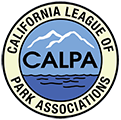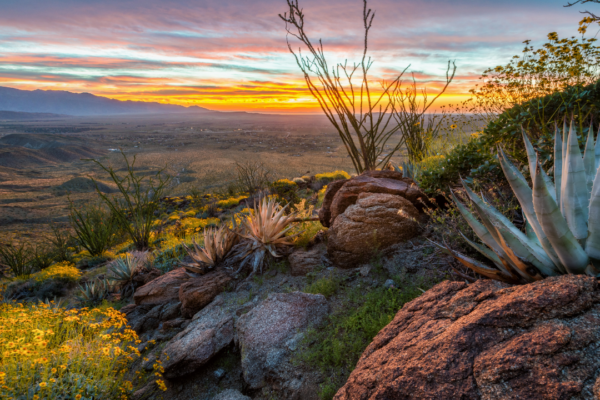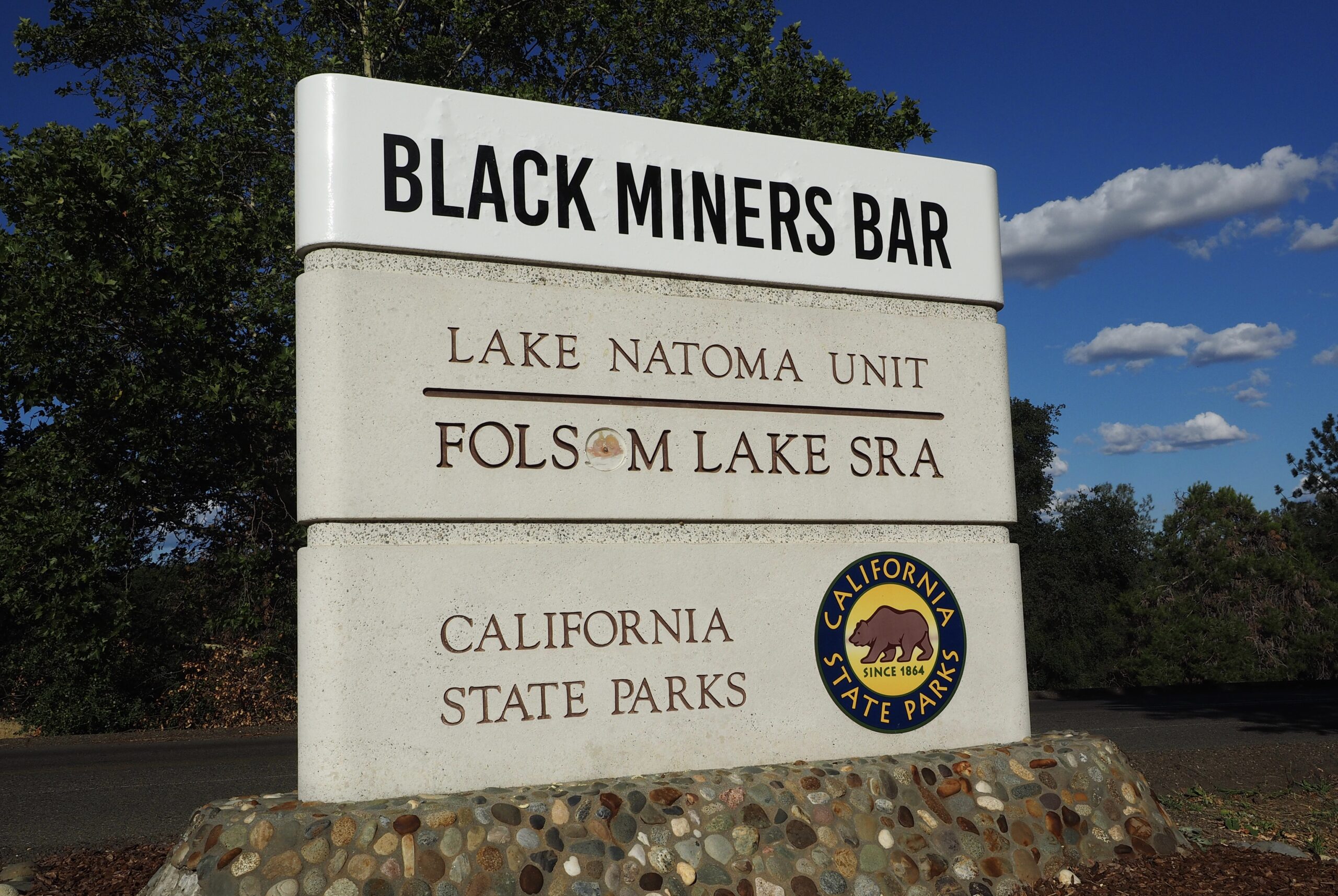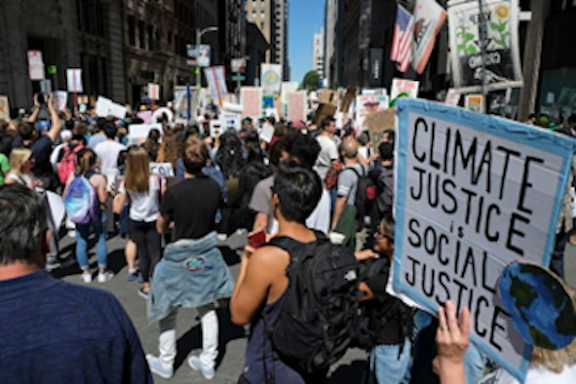Site visit at MacKerricher State Park in March 2020 with Tribal Historic Preservation Officers Tina Sutherland (Sherwood Valley Band of Pomo Indians) and Eddie Knight (Coyote Valley Band of Pomo Indians) for MendoParks’ commission of 4 new interpretive panels along the Haul Road trail featuring First Nations stories and information. Also pictured: Michelle Levesque, CSP Sonoma Mendocino Coast Lead Intrepretor, Elizabeth Cameron, MendoParks Executive Director, Erica Fielder, Designer, and Katherine Gabrielson, CSP Interpreter.
—
Relationships, Reciprocity, and Repatriations: A conversation on how Park-Partners Can Support California Natives
by Elizabeth Cameron (CALPA Board Member; Mendocino Area Parks Association Executive Director)
One of the greatest tragedies in California — and throughout the hemisphere — is the government-funded genocide of Native peoples*.
Sadly, this tragedy continues today through ongoing governmental policies that continue to silence that genocide within public spaces and our education system.
As park partners, we are asked to support equity and access, improve the health and well-being of our communities, and keep our parks safe, accessible and thriving. Uplifting Native voices and supporting pro-Native agendas needs to be front and center within that mission. Uplifting Native voices in parks is not just an incredible opportunity we have as park partners, it is our integral responsibility as stewards of these lands.
As an uninvited guest and descendent of settlers, I believe it is my responsibility to care for the land and support the Indigenous people whose lands now host me. Because so little Native curriculum is taught in our schools – neither the Indigenous resilience, science, philosophy, art, language, culinary arts, and cultural brilliance, nor the government-funded genocide and ecocide – I sought a degree in Native Studies to better understand the history and policies of the United States. (On the flipside, making Native Studies a required course in public education and university could eradicate the miseducation and indoctrination of settlers within a generation!)
Through conversations with my friends and networks that represent diverse Native folx from throughout California, I’ve come across some persistent themes on how park partners can support California Natives. In these efforts, I hope we can work together to heal the land as well as support the communities of people who have cared for this amazing place since time immemorial.
Relationships: Make the extra effort to create personal relationships with Indigenous people local to the area.
Find the right contacts: Understand the difference between working Tribes/Tribal Council, and making personal relationships with California Natives. As park partners, we must do both: Work with representatives from local Tribes (per guidance from your organization’s Cooperative Association Liaison or other California State Park representative), as well as build relationships with California Natives. When working with representatives from the Tribe, make sure you are doing your due diligence so the information will reach everyone in the tribe. Ask about connecting with the elders, the youth, the basket weavers. We can’t just send a letter to the Tribal Council and think that our work is done – it has only just begun.
Develop your own system of support for Tribal Liaisons with California State Parks (CSP) through personal relationships as well as communications with representatives from the Tribe. Go above and beyond. Don’t just connect with folx when you need a letter of support or want to consult with the tribe. Think about how you can keep folx in the loop (meeting invitations; ask how your organization can support the Tribe’s interests in the parks you support, etc…): How can your organization be an advocate for California Natives?
Reciprocity: Decolonizing and Re-Indigenizing- How are we showing up and being respectful as park partners?
○ Understand the issues Native folx face in accessing traditional lands within State Parks. How can we as park partners help educate the public about Indigenous rights to the land and subsistence?
○ PAY PEOPLE FOR THEIR TIME AND CONTRIBUTIONS! Please do not ask Native folx to volunteer or consult with your organization without respectful compensation. They are experts and should be paid appropriately.
○ Training volunteers and supporting CSP training around Justice Equity Diversity Inclusion, cultural resources, and tribal subsistence/access to parklands is essential. Park partners are in a position to advocate for as well as provide mandatory training on tribal issues and access in parks
○ How are we creating projects and programs that are priorities for local Native communities?
○ What do the tribes want you to say about the land and history? How are we supporting present day Indigenous perceptions in parks? Is there signage acknowledging the Indigenous people of the land, and is it written by them? Are we highlighting the continued presence of Indigenous people in our parks?
○ How are the visitor centers inclusive and respectful of California Natives? Are we selling products made by local Native artists?
○ The importance of language: How are we working with local tribes to infuse our parks with Native languages, including songs? Ex: Creating plaques to identify plants in local native languages; Recordings of local Native songs (as shared via local tribes, with permission) as part of interpretive displays/visitor center experiences.
○ Supporting initiatives like Sue-meg Village at Sue-meg State Park, can your organization work with local tribes and CSP to create villages at each park, and financially contribute to the creation of these places as well as their management by local tribes?
○ Hire Native folx, include them on your board and committees, and support their communities with training and tools for jobs with CSP and park-partners. How can we be a support system for California Natives to be employed with CSP as well as at our organizations?
○ Understanding cultural resources: Are they being respected? Are they being repatriated?
Repatriations: How are we moving beyond holding space and uplifting Indigenous voices to actually supporting Native folx as decision makers in our parks? How are we supporting initiatives like the Amah Mutson Land Trust in returning ancestral lands and restoring California Natives’ role as environmental stewards?
○ Repatriate cultural resources. Work with local tribes to identify artifacts and other items that need to be repatriated. Sometimes this work happens outside of State Parks, but park partners can still serve as a support system for repatriations.
○. Give. The. Land. Back. There, I said it. I know, I’m not “supposed” to say that as a park partner, but it needs to be said. Mitigation for extractive industries provides funding each year for new parklands in California. Why isn’t this being used towards repatriating the land, moving from parklands to returning land to California Natives? Did you know that in order for a tribe to be recognized by the federal government they have to have a land base? Is your organization aware of the number of tribes in California that are not federally recognized because they do not have a land base, and are you making the effort to connect with these folx in your communities? As park partners, we must hold CSP accountable by being transparent about public lands, Native erasure and the importance of reparations.
“One can’t claim to be an ally if one’s agenda is to prevent his or her own future dystopias through actions that also preserve today’s Indigenous dystopias.” (Kyle Powys Whyte). I am always learning, and I do not assume all the answers as to how park partners can best support California Natives. However, I do hope your organization will be inspired by this conversation to see the role of park-partners in a new light.
Thank you to all my amazing friends and networks for participating in these ongoing conversations with me to strengthen relationships, reciprocity, and repatriations in California State Parks!
*Throughout this conversation, I use the terms Native people, Indigenous People, First Nations, and Native folx interchangeably to include folx from federally recognized tribes, non-federally recognized tribes, enrolled and non-enrolled tribal members.
Links
●Welcome to the Yurok village “Sumeg” by California State Parks North Coast Redwoods District interpreter Skip Lowry: https://www.facebook.com/NorthCoastRedwoods/videos/ 1351848895017481/
● Amah Mutsun Land Trust: https://www.amahmutsunlandtrust.org/
● Indigenous Peoples’ Day: Combating the Erasure of Native People by Raymond Foxworth: https://nonprofitquarterly.org/indigenous-peoples-day-combating-the-erasure- of-native-people/
● White Allies, Let’s Be Honest About Decolonization by Kyle Powys Whyte: https:// www.yesmagazine.org/issue/decolonize/2018/04/03/white-allies-lets-be-honest-about- decolonization/
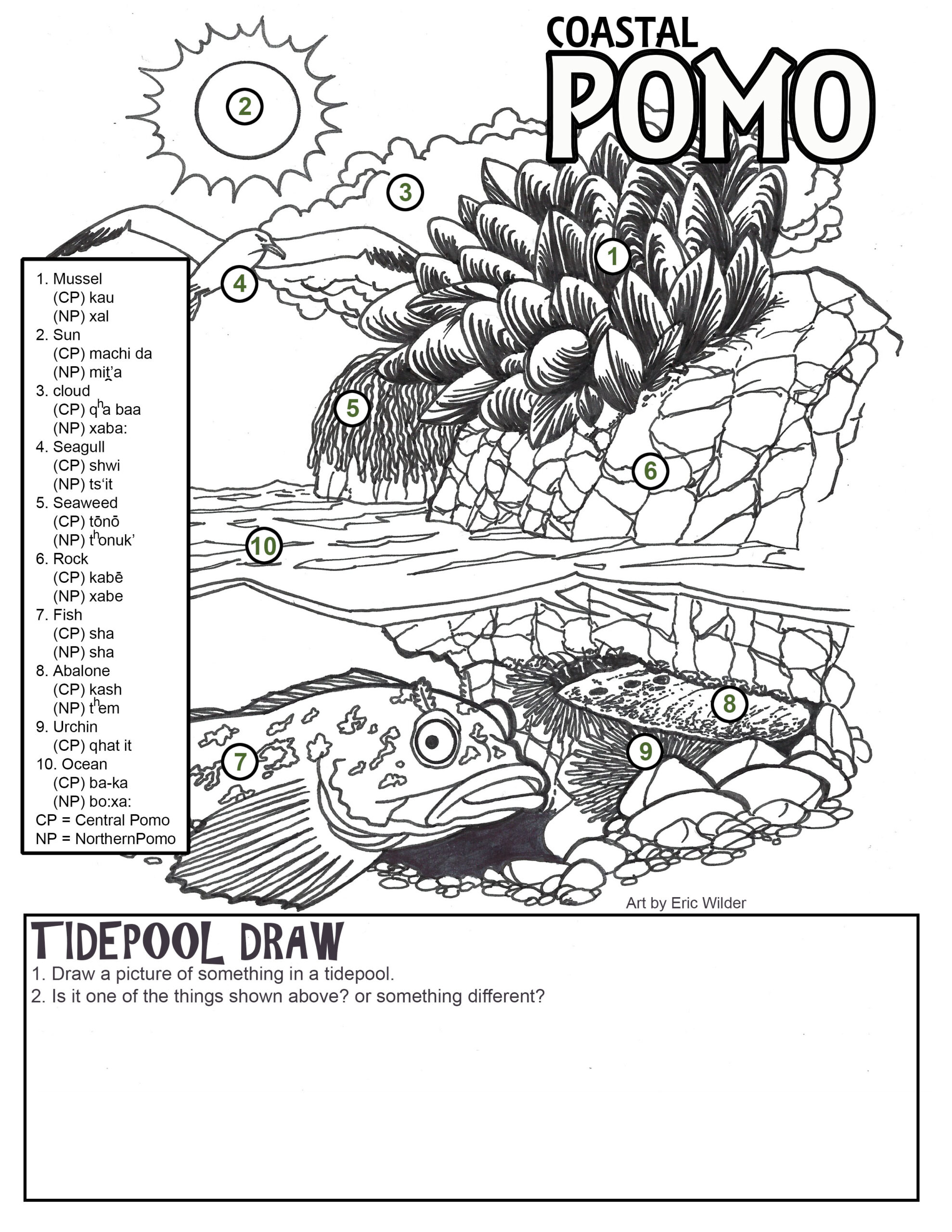
Pomo activity page: This page was included in MendoParks Park Adventure Coast Kits (distributed to local families as well as available at Park Adventure Coast Kit as a free PDF). The concept was contributed by Javier Silva, Sherwood Valley Band of Pomo Indians, with original artwork by Eric Wilder, Kashaya Pomo. This information was critical to include in our nature-based activity guides as it may be the only information local youth receive about local tribes that is actually written by tribal members
